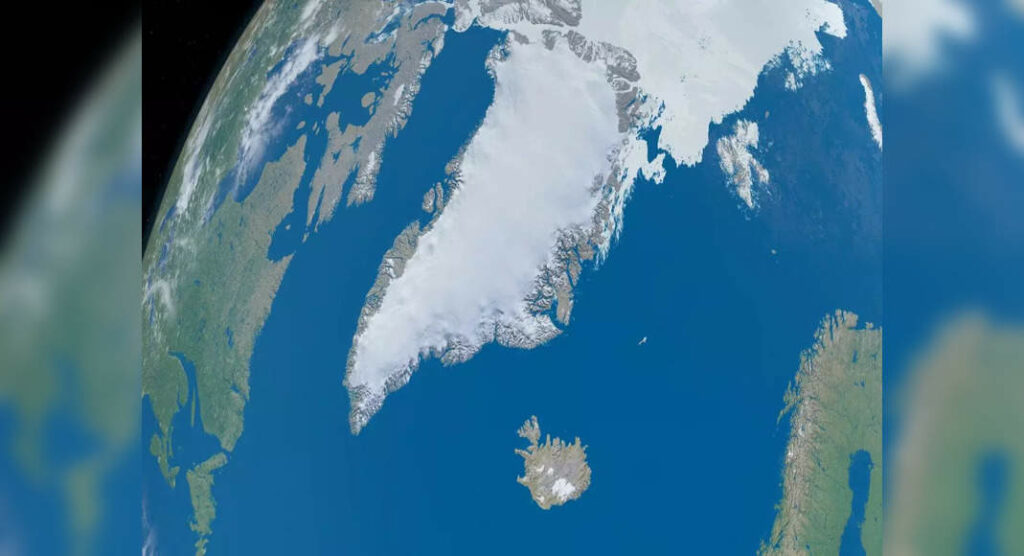Nestled between Greenland and Canada, the Davis Strait serves as a vital connector between the Labrador Sea and Baffin Bay. This body of water has long intrigued scientists due to its complex geological features. Recently, a groundbreaking discovery has brought new attention to this region: the identification of a microcontinent formed through intricate plate tectonic processes. Named the Davis Strait proto-microcontinent, this revelation sheds light on the tectonic history of the North Atlantic and offers insights into the processes of continental formation.
10 most unreal places on Earth that you need to see to believe
FacebookTwitterPintrest
For adventurous travellers and geology enthusiasts, the Davis Strait offers a unique destination to explore the mysteries of Earth’s tectonic processes. Although remote, this region’s stark beauty and scientific significance make it a compelling spot for eco-tourism and educational expeditions. Imagine embarking on a journey to witness the dramatic landscapes where ancient geological forces shaped the Earth’s crust, gaining a firsthand understanding of the dynamic processes that continue to sculpt our planet.
Read more: World’s top 10 most liveable cities in 2024
A team of geologists from Sweden’s Uppsala University and the University of Derby in the UK has uncovered an isolated block of thick continental crust in the Davis Strait. This formation, measuring 19-24 km thick, was likely separated from Greenland due to east-west extension along its margin. The formation of this microcontinent is attributed to the rifting and seafloor spreading that occurred between Greenland and North America, creating the Labrador Sea and Baffin Bay and linking them through the Davis Strait. A pivotal phase of east-west extension along Greenland’s margin led to the detachment of this continental block.
Dr. Jordan Phethean from the University of Derby, part of the research team, explained the significance of this discovery. “The well-defined changes in plate motion that occur in the Labrador Sea and Baffin Bay, which have relatively limited external complications affecting them, make this area an ideal natural laboratory for studying microcontinent formation,” he said. “Rifting and microcontinent formation are ongoing phenomena—every earthquake might be working towards the next microcontinent separation. The aim of our work is to understand their formation well enough to predict that very future evolution.”
Read more: Top visa-free luxury holiday destinations
The geological discovery was detailed in a recent study published in Gondwana Research. The research team believes this microcontinent was formed about 58 million years ago, highlighting the role of the Pre-Ungava Transform Margin, a newly identified tectonic feature, in facilitating this separation. The findings have broader implications, offering insights into the formation of other microcontinents globally, such as the Jan Mayen microcontinent northeast of Iceland, East Tasman Rise southeast of Tasmania, and the Gulden Draak Knoll in Australia.
“Better knowledge of how these microcontinents form allows researchers to understand how plate tectonics operates on Earth, with useful implications for the mitigation of plate tectonic hazards and discovering new resources,” Dr. Phethean noted.
Travellers can explore the rugged coastlines of Greenland and Canada, engage with local communities, and learn about the rich natural history of the region. Whether through guided tours, research expeditions, or simply soaking in the pristine Arctic environment, a trip to the Davis Strait promises to be a memorable and enlightening adventure.
>>> Read full article>>>
Copyright for syndicated content belongs to the linked Source : Time Of India Travel – https://timesofindia.indiatimes.com/travel/travel-news/scientists-discover-a-new-microcontinent-between-greenland-and-canada/articleshow/111773161.cms
